Invasive species in Australia
10,000 Birds
JULY 20, 2014
In Australia we definitely have our fair share of invasive species and the main problem is that we are such a huge land mass with such a small population. The population of Australia is concentrated mainly around the city areas along the coast and many invasive species have been able to spread with ease.




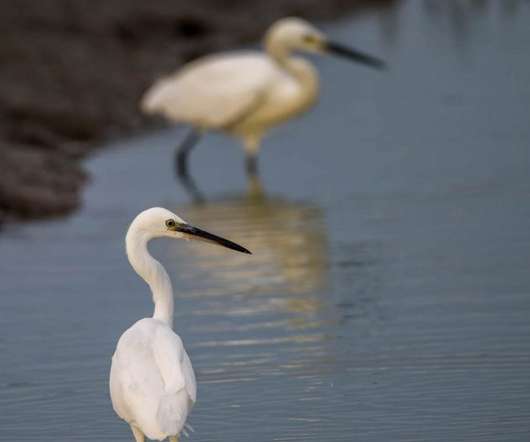
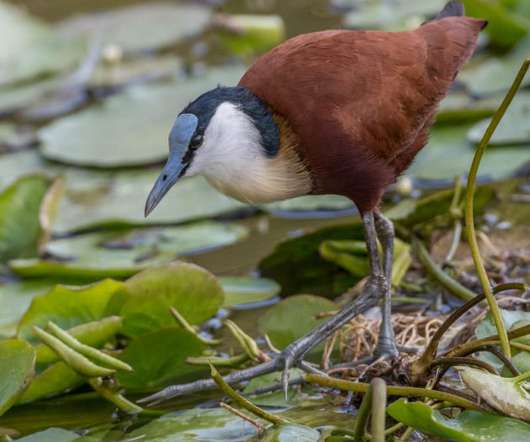
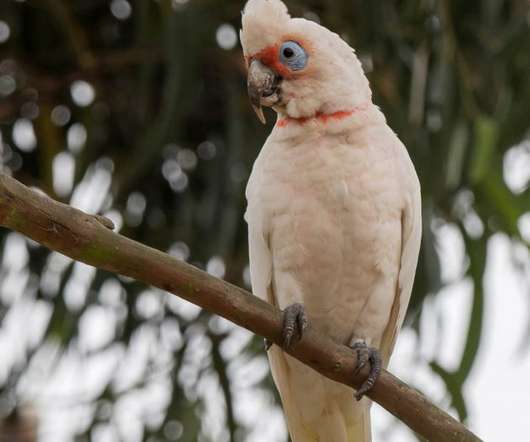











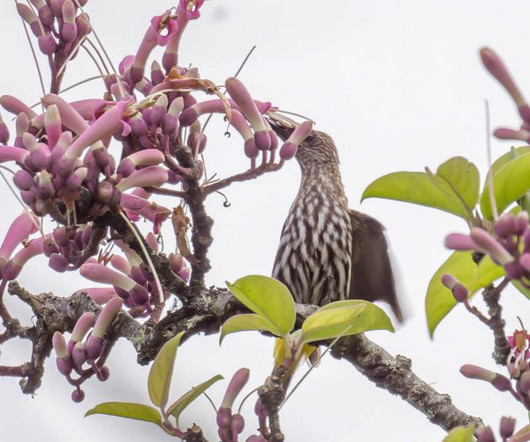

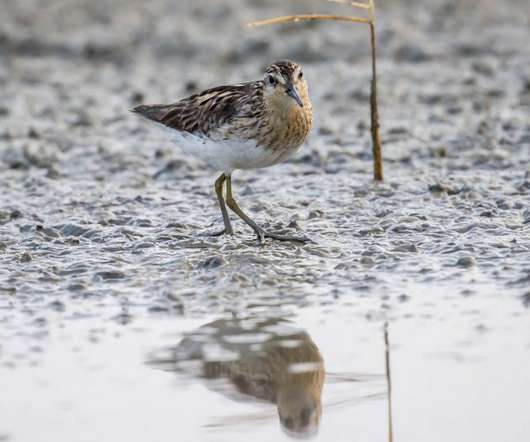

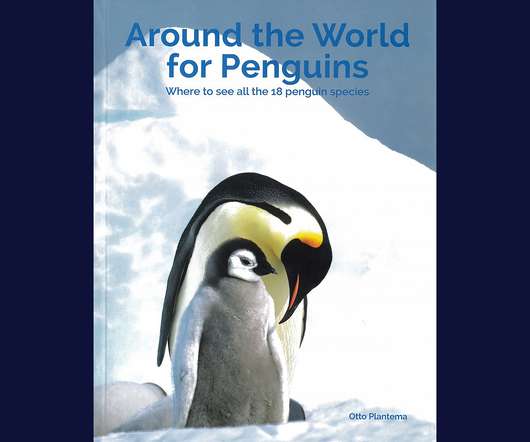

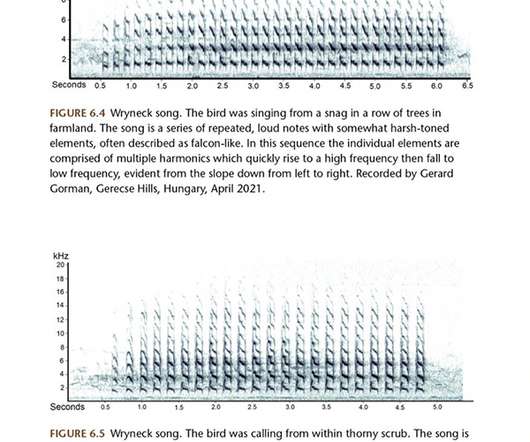

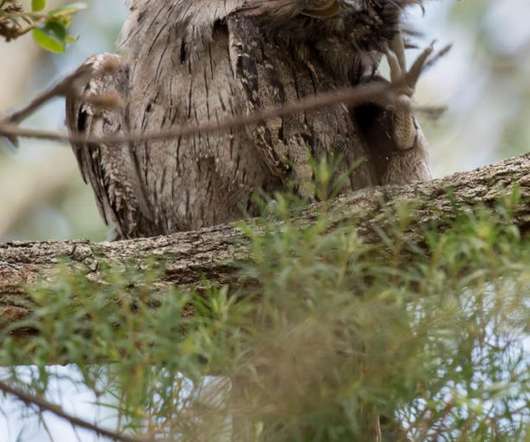






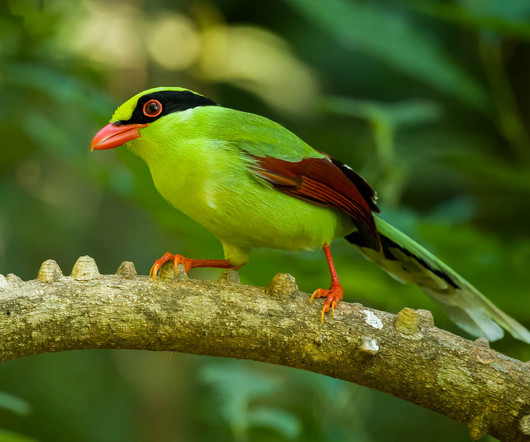


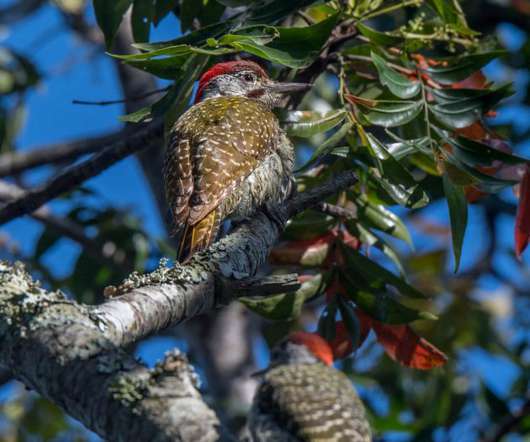
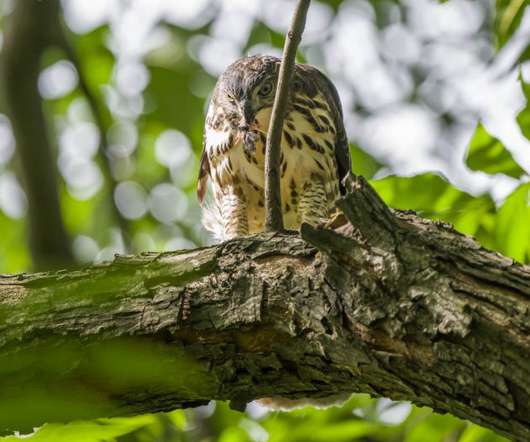






Let's personalize your content